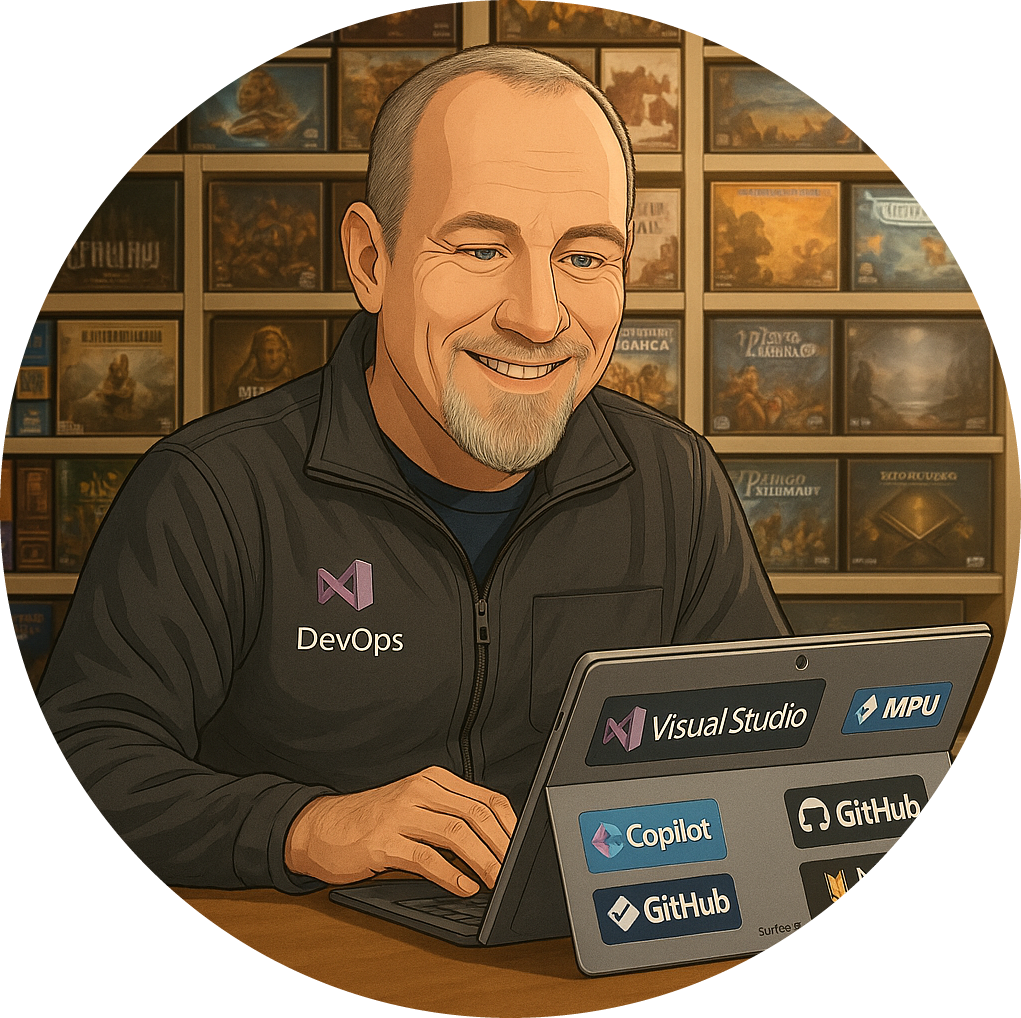I commented on
Scrum is hard to adopt and disruptive to your organisation
before and I think that for most companies this is just beyond their comprehension. They are fundamentally misunderstanding agile and trying to do agile rather than be agile.
There are no trainings or certifications or even processes that can provide you with that understanding There is nothing but deep organisational change and hard work that can create that lean-agile way of doing thins that provides many companies with so much value.
If you want to be agile you will need to embrace:
- giving up management command-and-control
- going and seeing what the problems are rather than looking at endless reports
- encouraging and supporting people to serve as hands-on-master programmers for 15+ years
- close engagement between the hands-on developers and customers, without intermediates
- managers and architect who are pair-programming coaches
- real transparency – of delays, what’s wrong each day, …
- The candour to say “we don’t know”
- stopping sequential lifecycle practices and mind-set
- empirical process control
- replacing cube farms with team rooms and visual management
-from
Practices for Scaling Lean & Agile Development: Large, Multisite, and Offshore Product Development with Large-Scale Scrum
I do not believe that is it possible to sell a company agile, they must come to the realisation of what it entails themselves. Oh, you can introduce them to many of the practices and encourage them to experiment. You can teach individuals TDD and other test first methods but all you are doing is priming the pan and creating an environment where that spark of agility can smoulder. Then they will come to you.
I was recently contacted by a
customer that I have worked with before
to help them become more…well.. agile. They feel that they have a good understanding of the mechanics of Scrum and they they are gaining value at the team level, but they want more. They want to realise the greater organisational reality of agility and not just follow the rules.
In short they want to Build people, then products.
There are a great many thing that we can look at but until I can ‘go see’ how folks are working there is no way I can have any idea of a plan. I can however imply that there are some things that while not constants are good bets to look at and for:
- discourage ‘fake agile’ – the first thing to look at is if they really do have just the mechanics down or if they are starting to be agile
- encourage ‘Communities of Practice (CoP)’ – Sometimes referred to as guilds these CoP allow and encourage folks interested in a practice to collaborate regardless of the affinity they have to a particular discipline.
- encourage ‘go see’ – Encouraging managers to go to where the work is boing done will be immensely more valuable than looking at reports
If we can get some amount of time onsite to investigate and work on some of these things then that would make me happy. I am really looking forward to seeing how they have been getting on and how many of the issues we identified in the last engagement have changed.
Here is looking forward to future collaboration and experimentation.
Our Happy Clients
We partner with businesses across diverse industries, including finance, insurance, healthcare, pharmaceuticals, technology, engineering, transportation, hospitality, entertainment, legal, government, and military sectors.
Flowmaster (a Mentor Graphics Company)
MacDonald Humfrey (Automation) Ltd.
Xceptor - Process and Data Automation
Washington Department of Enterprise Services
New Hampshire Supreme Court
Washington Department of Transport
Nottingham County Council
Flowmaster (a Mentor Graphics Company)
Capita Secure Information Solutions Ltd

























